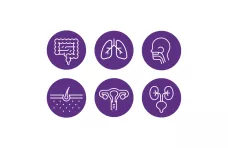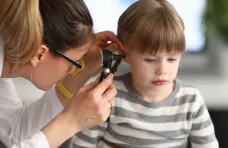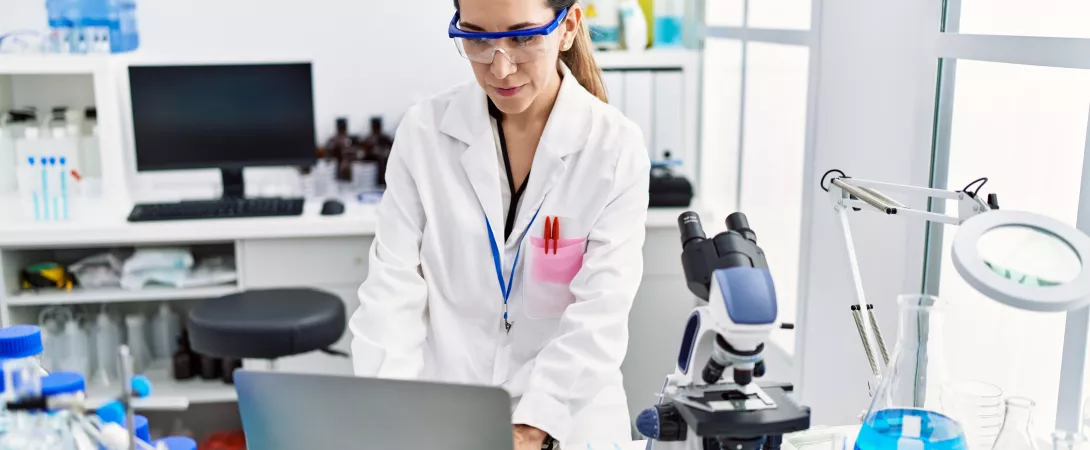Brazil 2025: knowledge and behaviors about microbiota
The survey was conducted by Ipsos among 7,500 people in 11 countries (Brazil, France, Portugal, Poland, Finland, Italy, Germany, United States, Mexico, China, and Vietnam).
Brazilians and microbiota: High awareness and strong engagement with microbiota health.
Summarizing the results of the Brazilian survey
In 2025, Brazil emerges as a health-conscious country with strong awareness of the microbiota and above-average adoption of beneficial habits. While detailed understanding is still developing, Brazilians show high trust in healthcare professionals, growing interest in microbiota testing, and a clear openness to innovations like probiotics, prebiotics, and stool donation—making Brazil fertile ground for continued progress in microbiota education and engagement.
1. Brazilians present solid awareness and above-average knowledge of the microbiota
While only 26% of Brazilians say they know exactly what the microbiota is, overall awareness is high: 73% have at least heard of the term—on par with global figures. And when looking closer, Brazil outperforms the global average on several key indicators.
of Brazilians have heard of gut flora.
(+7 points vs global average)
of Brazilians have heard of gut microbiota.
(+3 points vs global average)
Awareness of other types of microbiota—though lower—is still consistently higher than the global average: vaginal (56%), skin (47%), lung (47%), oral (51%), ENT (48%), urinary (43%).
Moreover, 95% are familiar with the term “prebiotics”, and 41% understand “dysbiosis”—demonstrating a strong foundation for further education.

Learn more
Learn all about microbiota
2. Brazilians are proactive about microbiota-friendly habits
63% of Brazilians report having adopted specific habits to improve their microbiota balance—a rate well above the global average (56%). This proactive mindset is reflected in a number of everyday health behaviors:

85% follow a balanced diet (vs. 83% globally) and 76% limit their consumption of ultra-processed foods.

When it comes to supplementation, 53% of Brazilians consume probiotics and 47% consume prebiotics—both above global averages of 49% and 41%, respectively.
However, one less beneficial behavior persists: only 17% adopt the good practice of washing no more than twice a day—well below the global average of 47%—a habit that could help preserve the skin microbiota.
of Brazilians do not smoke
(+6 points vs global average)
of Brazilians engage in regular physical activity
(-2 points vs global average)

Microbiota & sport: competitive micro-organisms
Find out more...
3. HCPs: trusted messengers, yet still underused
In Brazil, most people first heard about the microbiota through the media (33%), and only 19% in a medical context. Yet healthcare professionals are clearly the most trusted source of information on the topic, with 78% of Brazilians placing their trust in them - on par with the global average.
Encouragingly, Brazilian professionals are more active than average in educating patients:
- 51% have received an explanation of the microbiota’s role and function (vs. 42% globally)
- 59% have been informed about the importance of maintaining a balanced microbiota (vs. 47%)
- 58% have received advice on good practices to support it (vs. 46%)
- 55% have been prescribed probiotics or prebiotics (vs. 49%)
These insights most often come from gastroenterologists (40%) and dietitians (35%).

However, one key moment is often missed: only 19% of Brazilians recall being warned about the microbiota-disrupting effects of antibiotics during a prescription—highlighting an important gap in preventive communication.

Antibiotics: what impact on the microbiota and on our health?
Learn more
4. In Brazil, microbiota testing is little known, but shows strong potential
In Brazil, 80% of respondents have never heard of stool donation—a figure higher than the global average of 73%.
Yet once informed, interest is high: 71% say they would be willing to donate—significantly above the global average (61%).
would like to test their microbiota.
(vs 61% overall)
are interested in testing their ENT microbiota.
(vs. 38% globally)
view it as a way to prevent and/or slow down the onset of pathologies.
(vs 51% overall)
In addition, 59% believe that microbiota testing could help prevent certain diseases—showing a growing public belief in its health relevance.
What is microbiota testing and mapping?
There are different types of microbiota testing, not only for the gut. Overall, they seek to identify microorganisms, such as bacteria and fungi, living in a specific part of the body to help inform health decisions and/or outcomes.
Intestinal microbiota testing, which seems to be the most common type of analysis, generally tests a person’s stool sample. For example, they could look for illness markers or extract DNA.
Both collective and individual gut microbiota analyses start with a stool sample. Microbiota mapping aggregates results from multiple microbiota tests to advance research and fight chronic diseases. Individual tests provide personal data on gut flora, with no definition of a clinically validated “healthy” or “pathological” microbiota. Thus, mapping fuels population-level knowledge, while testing gives a snapshot of one’s own microbiota.

Gut microbiota: still many things to be discovered
Find out more...
Methodology
This third edition of the International Microbiota Observatory was conducted by Ipsos on 7,500 individuals across 11 countries (France, Portugal, Poland, Finland, Italy, Germany, the USA, Brazil, Mexico, China, and Vietnam). Two new countries were included in this edition: Italy and Germany.
The survey was conducted over the Internet between January 21 and February 28, 2025. For each country, the sample is representative of the population aged 18 and over in terms of :
- gender
- age
- profession
- region
Representativeness was ensured via quota sampling, the most commonly used sampling method for obtaining a representative sample of the population studied. The quota variables for each country were gender, age, region, and socio-professional category. The data were adjusted:
- within each country, again to ensure that each population is representative
- globally, so that each country has the same weight. Statistical analyses were carried out using Cosi software (M.L.I., France, 1994), with a significance level of 95%
The survey population was 48% male and 52% female. The average age was 47.3 years. The sample of 7,500 individuals made it possible to carry out a detailed analysis by age group:
- 18-24
- 25-34
- 35-44
- 45-59
- 60 and over
Changes from one year to the next have been measured on a like-for-like basis, i.e. calculated taking into account only those countries present in both the first and second editions of the survey. While we do have results for the new countries included in this third edition (Germany and Italy), they have not been taken into account when calculating trends, since they were not included in the first two editions of the survey.
The questionnaire includes 16 questions on:
- socio-demographic data
- the level of knowledge about microbiomes
- the level of and desire for information from healthcare professionals
- the identification and adoption of behaviors designed to combat microbiome imbalances
- the level of knowledge, information, and behaviors of women about the vulvo-vaginal microbiome
- health data
The questionnaire lasted ten minutes and the 7,500 individuals had to complete the entire questionnaire in order to be included in the survey. The terms used in the questionnaire to talk about the microbiome have been translated and adapted to the terms used in each country.
BMI-25.29


